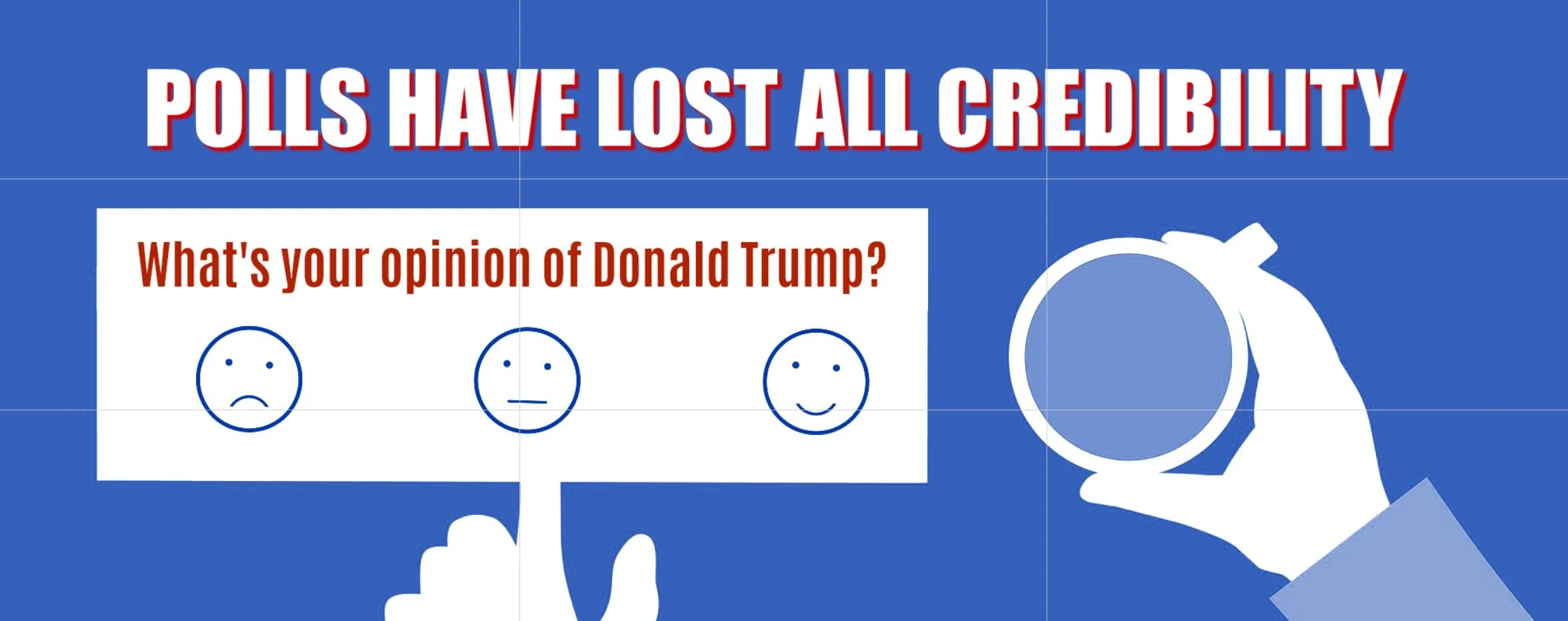Pollsters have lost all credibility: Fool us twice, shame on us
Stephen H. Provost
It seems 2016 wasn’t an anomaly, after all: The pollsters have spent the past four years defending the fact that their popular vote predictions were within the margin of error, even though they called the electoral vote wrong.
They kept assuring us that they’d “made adjustments” in the way they posed their questions to ensure they wouldn’t make the same mistakes again in 2020. Learning from your mistakes is a good thing. But what if your adjustments make things worse instead of better?
That’s exactly what seems to have happened. Either that, or they didn’t adjust nearly enough.
In 2016, the final polls showed Hillary Clinton ahead by 4 percentage points in the national popular vote; she won that by 2 percentage points. This year, the aggregate of final polls had Biden leading by about 8 points (some were as high as 10 or 12), and he’s winning, as of this writing, by about 3 points. That’s outside the margin of error.
Pollsters expect us to give them the benefit of the doubt because they gave Biden an 89% chance of winning and he seems to have barely pulled it off? No dice.
We believed them, and they fooled us twice. Shame on us.
Snapshots
Pollsters love to remind us that polls aren’t predictive; they’re “snapshots in time.” But if the final polls, released just a couple of days before Election Day, are this far wrong, the snapshot looks like an undeveloped photo from an old Polaroid instant camera: Blank. And worthless.
This goes for aggregators like Real Clear Politics and FiveThirtyEight, as well as individual pollsters such as Quinnipiac, Monmouth, and USC Dornsife. A few right-leaning polls, like Trafalgar, had it closer, but it’s hard to tell whether this reflects a better polling system or simple GOP bias.
Pollsters also love to fall back on the “margin of error.” Well, that doesn’t explain how one poll showed Biden ahead by 17 points in Wisconsin — where the average poll showed him leading by about 8 — when he won by less than a point. Or why there was a six-point swing in Florida, where Biden lost by 4 points after being up by 2 in the final poll.
And those are just two examples. The polls were off in the Senate, too.
They were so bad in South Carolina that Lindsey Graham wound up winning re-election to his South Carolina Senate seat by double-digits after not a single poll showed anything close to that kind of margin — and some showed him tied or even slightly behind.
Polls showed Maine’s Senate race being close, but Republican Susan Collins won re-election easily.
This wasn’t 2016 redux, it was “Dewey Defeats Truman” incompetence. In some ways, worse.
These weren’t margin-of-error foul balls. They were more like Casey at the bat: a mighty swing and a horrific miss.
Contradictions
But the implications go beyond the election results, because it’s not just the vote totals that polls failed to reflect; it’s on the issues that their results make absolutely zero sense.
They want us to believe that Donald Trump is really that unpopular and Joe Biden is a lot more likeable? The votes don’t support either of those conclusions. They certainly don’t bear out Trump’s consistently low approval ratings throughout his presidency.
They want us to believe they support wear a mask to protect against COVID when they voted for someone who scorns the idea.
They supposedly think climate change is an important issue, yet they voted for a science denier?
They say the economy is their No. 1 issue, yet unemployment under Trump is more than twice what it was last year, small businesses are closing, savings are being depleted, and renters are being evicted from their homes.
Conclusions
Either the polls were fatally flawed or huge swaths of voters were moronic enough to vote for a candidate who doesn’t share their beliefs or priorities. Or perhaps it was a bit of both.
If turnout had been low, they might have been able to blame it on that. But it wasn’t, so they can’t.
It’s odd, however, to see Trump blaming the pollsters for keeping his voters away when more of them turned out than anyone expected. It’s nonsensical. If anything, the polls may have given Democrats a false sense of confidence because they thought they had it in the bag. Maybe some of them stayed home on Election Day.
If the pollsters had wanted to encourage more Democrats to vote, they would have made the race seem closer, not more one-sided.
This isn’t a matter of some nefarious plot against Republicans (or Democrats, for that matter). It’s just that the pollsters don’t know what they’re doing. The best thing to do, going forward, is to ignore them.
The results they post are next to meaningless.
There’s simply no reason to take them seriously.
